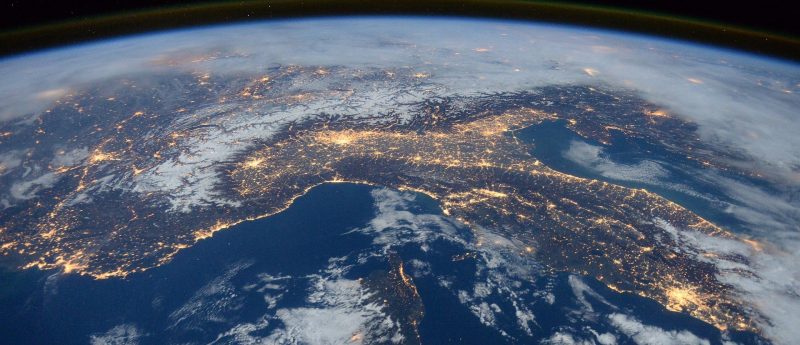Cardiomyocyte differentiation is more efficient under microgravity

Studies conducted on the Chinese Tianzhou-1 demonstrated that murine induced pluripotent stem cells developed into cardiomyocytes significantly quicker under microgravity.
In research, published in Stem Cells and Development, induced pluripotent stem cells (iPSCs) in microgravity were found to differentiate and develop “significantly quicker” than control cells that remained on Earth. Scientists from the Academy of Military Medical Sciences (Beijing, China) sent the test cells into space aboard the Tianzhou-1 and monitored their development via real-time imaging.
In the study, the scientists developed an automated bioreactor system to culture and monitor the iPSCs. In microgravity, robust cardiomyocyte formation was indicated from day 4 after launch. Although previous work from NASA indicated that microgravity inhibited embryoid body differentiation, this was demonstrated by analyzing RNA from a mixture of cells, compared with the live imaging utilized in this work.
This finding could enable regenerative medicine being utilized during long-distance space travel. In the less-distant future, this kind of closed and automated system is increasingly being used in the commercial cell therapy space, and advances in this technology could lead to making these workflows more efficient, cheaper and even less prone to contamination.
Source: H Li, H, Zhu, F Zhang et al. Spaceflight Promoted Myocardial Differentiation of Induced Pluripotent Stem Cells: Results from Tianzhou-1 Space Mission. Stem Cells Dev. doi.org/10.1089/scd.2018.0240 (ePub)(online ahead-of-print)